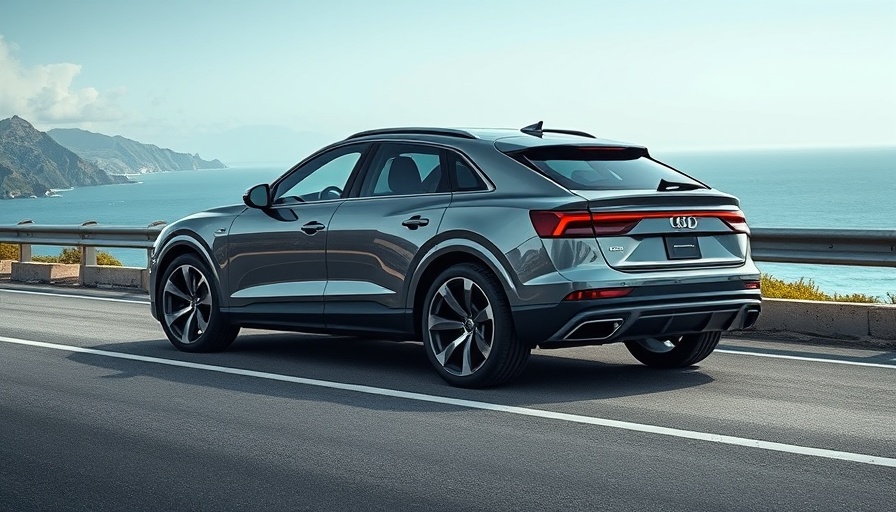
The Road Ahead: Uber's Ambitious Leap into Robotaxis
As autonomous vehicle technology rapidly develops, companies like Uber are strategically positioning themselves to lead the charge in the robotaxi sector. The appointment of Sachin Kansal as Uber's Chief Product Officer signals a fresh perspective in integrating these technologically advanced vehicles into the Uber platform, all while balancing the needs of human drivers. This duality is set against the backdrop of a rising trend in automotive innovations that promise to reshape our city streets.
Integrating Technology: A Complex Challenge
Implementing robotaxis into the Uber system won't be a walk in the park. As Kansal recently highlighted, the integration means creating seamless technological interactions that will dictate when to deploy a human driver versus a robot taxi. Uber's ambition to launch Waymo's autonomous vehicles in Austin exemplifies this next step, but it also underscores the complexities involved in making such decisions dynamically.
From Partnerships to Progress: The Shift in Uber's Strategy
Once focused on building its own autonomous vehicle tech, Uber has pivoted to strategic collaborations, partnering with 14 autonomous technology firms globally. Waymo's partnership has proven pivotal. This collaboration not only expands Uber's robotaxi service into new markets but also allows Uber to leverage the expertise of established AV companies—something that is crucial for navigating the intricate landscape of automotive technology.
Balancing Act: Human Drivers vs. Robot Taxis
While Kansal prepares for rollouts, the interests of human drivers loom large. The Teamsters union has expressed profound concerns over potential job losses as autonomous vehicles become more prevalent. Despite advancements in safety protocols, the unease remains palpable. Uber's leadership, including CEO Dara Khosrowshahi, acknowledges that the full adoption of autonomous driving in ride-hailing apps will take time, emphasizing the need for public trust and regulatory clarity.
Future Trends in Automotive Technology
As the automotive landscape evolves, so too do consumer expectations. The anticipation surrounding robotaxi services reflects broader automotive trends leaning towards electric vehicle (EV) powertrains and sustainable transportation solutions. With advancements in EV technology being heralded, the robotaxi initiative sits at the intersection of innovation and environmental responsibility.
Conclusion: A Call to Embrace Change
As we stand on the brink of a transportation revolution, it's imperative for consumers to stay informed about these rapid advancements in automotive technology. Whether it's robotaxis or green innovations, these changes will impact daily commutes and the economy at large. With the momentum building around these developments, automotive consumers should leverage knowledge not only to understand these technologies but also to interact with them as they become mainstream. Are you ready to embrace the future of transportation?
 Add Row
Add Row  Add
Add 




 Add Row
Add Row  Add
Add 

Write A Comment